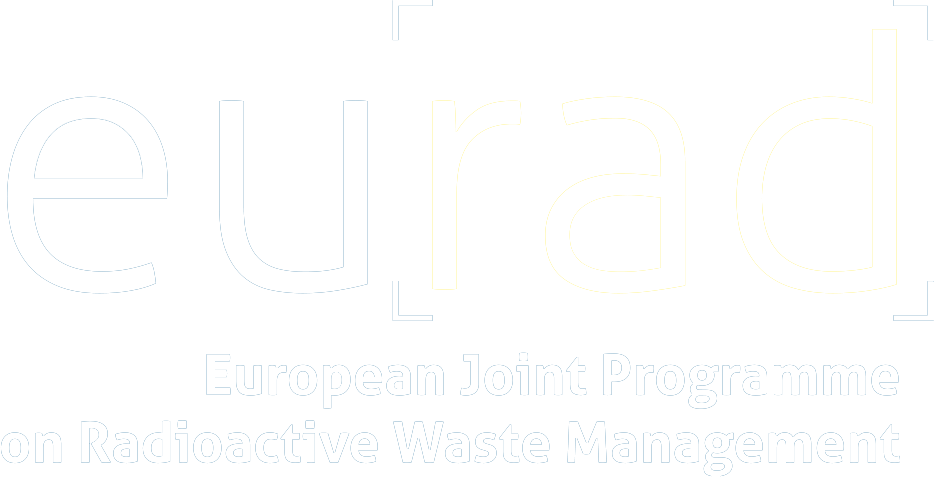According to the roadmap of the European Joint Program on Radioactive Waste Management (EURAD), the Engineered Barrier System (EBS) stands out as one of the most critical components to understand in the implementation of any radioactive waste management (RWM) program. In this context, one of the most significant risks within the EBS is container corrosion, potentially linked to iron (Fe) reduction in the clay structure. This is of particular interest due to the role of Fe-rich clays in redox geochemical cycles, especially in the reductive degradation of contaminants. However, uncertainties persist regarding the redox mechanisms coupled with cation adsorption reactions and electron transfers. The title of my thesis, “Geochemical and Redox Processes Influencing the Migration and Retention of Radionuclides in the Context of a Deep Geological Repository for High-Level Radioactive Waste,” can be considered part of the FUTURE work package of the EURAD project. Within this framework, the proposed activities and objectives of my stay involved comparing, discussing, and analyzing Fe(II)/Fe(III)-rich clay materials synthesized at CIEMAT. The goal was to enhance understanding of the mechanisms involved in Fe(II)/Fe(III) sorption and redox behavior on clay minerals. To achieve this, characterization of Fe-rich smectites synthesized at CIEMAT, containing a significant amount of Fe3+, was conducted using techniques not available in our research center, such as Transmission Electron Microscopy (TEM) and Electron Probe Microanalyzer (EPMA). This provided the crystallochemical structure of the samples, revealing that the synthesized smectite particles formed foliated aggregates with crystallized particles exhibiting a laminar structure. Additionally, a study was undertaken involving the mixing of Cu(II)-Triethylenetetramine solutions with ferrous chloride and ferric chloride, testing 20 solutions with different initial Fe/Cu ratios at room temperature and under anoxic conditions. The aim was to investigate potential redox reactions and analyze solid precipitation as a function of the variation of Fe/Cu ratio. The total Fe and Fe2+ amounts in the supernatants of the suspensions were determined, and X-ray Diffraction (XRD) analysis of the precipitated solids is currently underway. During my internship at BRGM, I have felt fully integrated into the team, familiarizing myself with their state-of-the-art laboratories and advanced techniques. The team provided all possible facilities, aiding in my integration and providing the necessary training for full autonomy during my stays. Close collaboration with BRGM experts enriched my knowledge, providing valuable insights and additional skills in the field of geochemistry and redox processes, thereby strengthening my contribution to the project and professional development.
Analysis and discussion of data about mechanisms involved in the U-, Se-sorption and redox behaviour on Fe(II)/Fe(III)-clay minerals.
Start date:16/10/2023
End date: 15/12/2023
Beneficiary: Francisco Javier LEON VICENTE
Location: BRGM (Bureau de Recherches Géologiques et Minières)
EURAD Work Packages involved
WP -FUTURE


